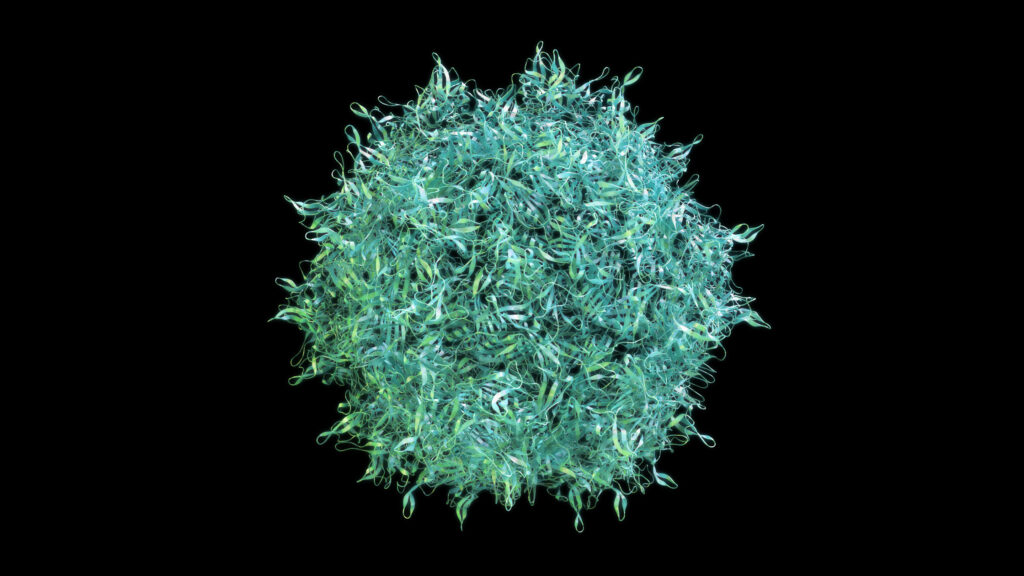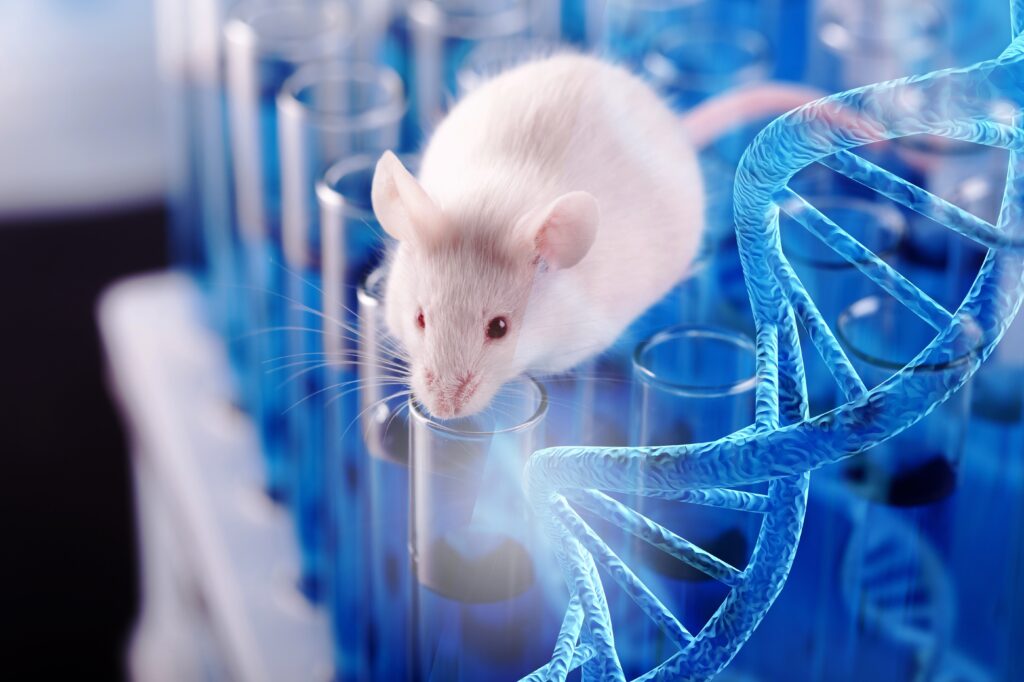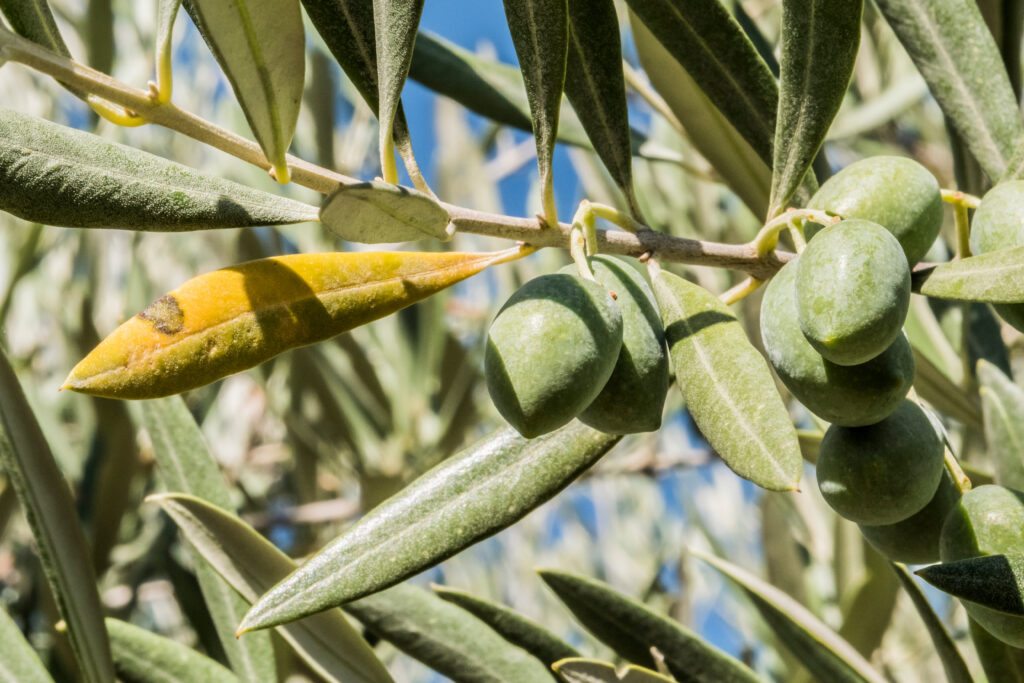
Your ability to navigate space and time is anchored in your memory, particularly episodic memory, which catalogues the experiences you have in a given location. This type of memory is shaped by complex neural networks firing within your hippocampus. So how exactly do we store memories of the hundreds of things that happen to us in a day, especially when they unfold in the same settings?
There are theories as to how we form single-shot, or “episodic”, memories, many of which center around the activity of place cells, which light up when you are in a specific environment. The idea here is that, with every event that happens in a place, these cells would shift and fire in novel patterns. Scientists at the Zuckerman Mind Brain Behavior Institute at Columbia University questioned this—while it is known that place cell activity can certainly be affected by experiences, they wondered whether there could be an alternative explanation for episodic recall that wouldn’t require the constant remapping of one’s core memory of a place.
Continue reading “Studying Episodic Memory through Food-Caching Behavior in Birds”








